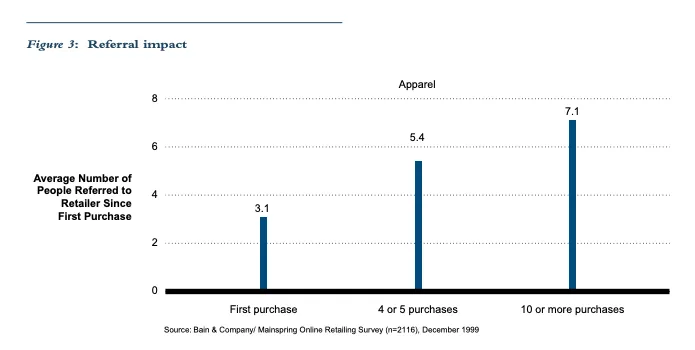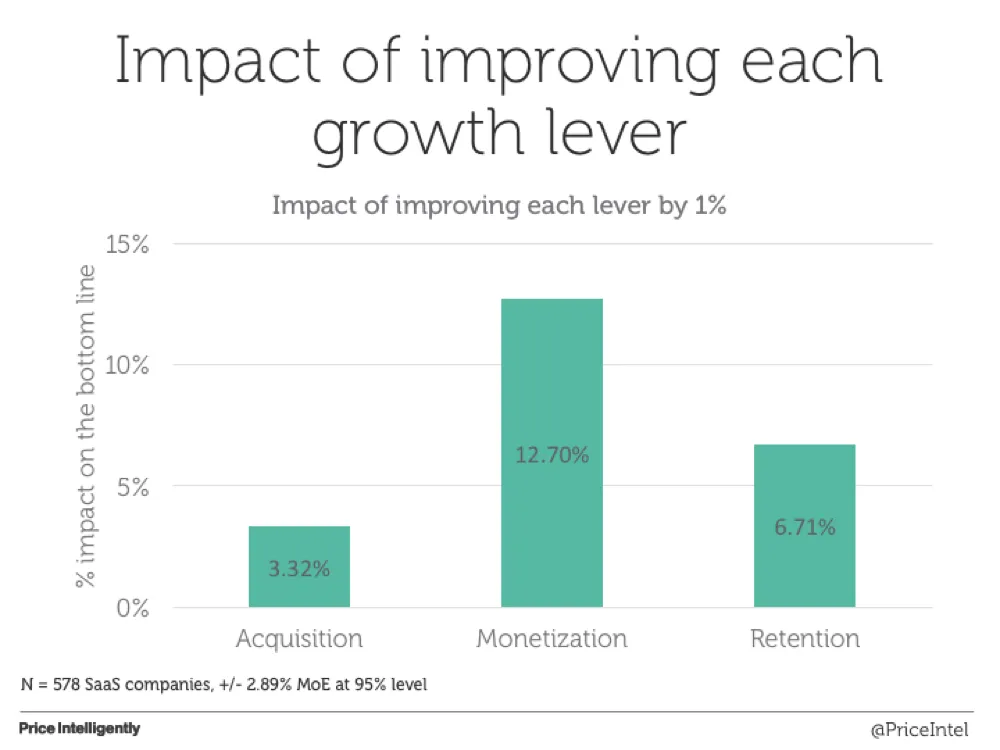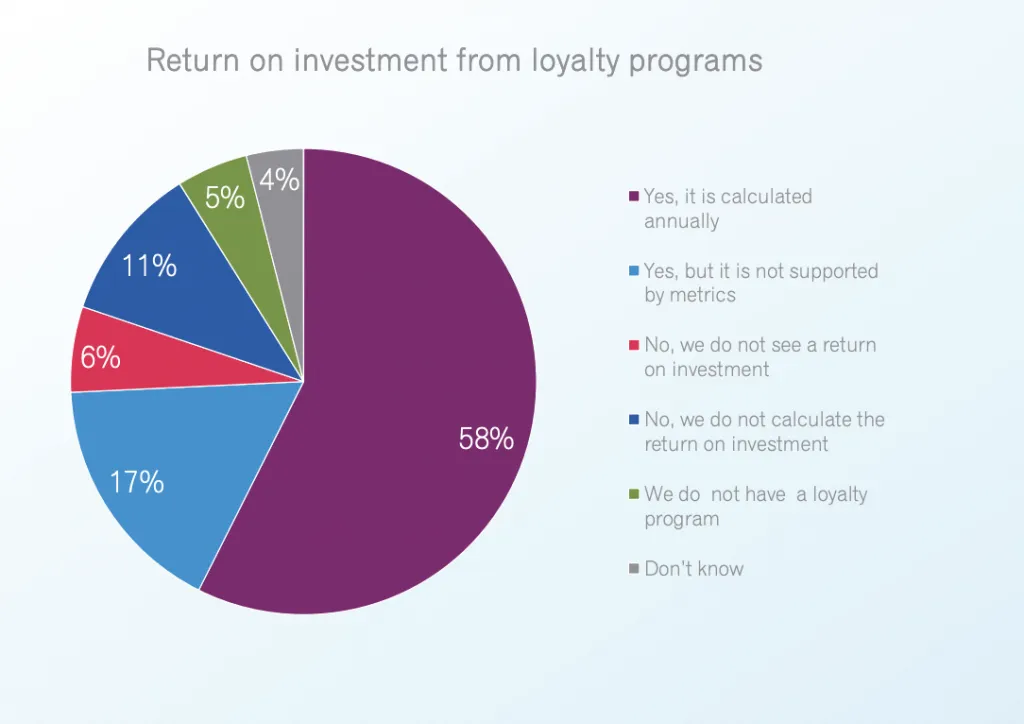Essential Loyalty Marketing Statistics for 2019
Acquisition costs have nearly doubled over the last five years, and anyone with an internet connection can become a direct competitor. Today, digital businesses need a new way to stay ahead of the competition.
If you’ve read our blog before, you know that a digital businesses’ best way to grow in this volatile environment is by leveraging the power of loyal customers.
In fact, it’s why we created the Digital Loyalty Academy. The first FREE online course of its kind to help both new and long-time marketers navigate the creation of a customer loyalty strategy.
In this post, we’ve compiled our favorite statistics and studies to present the value of customer loyalty.
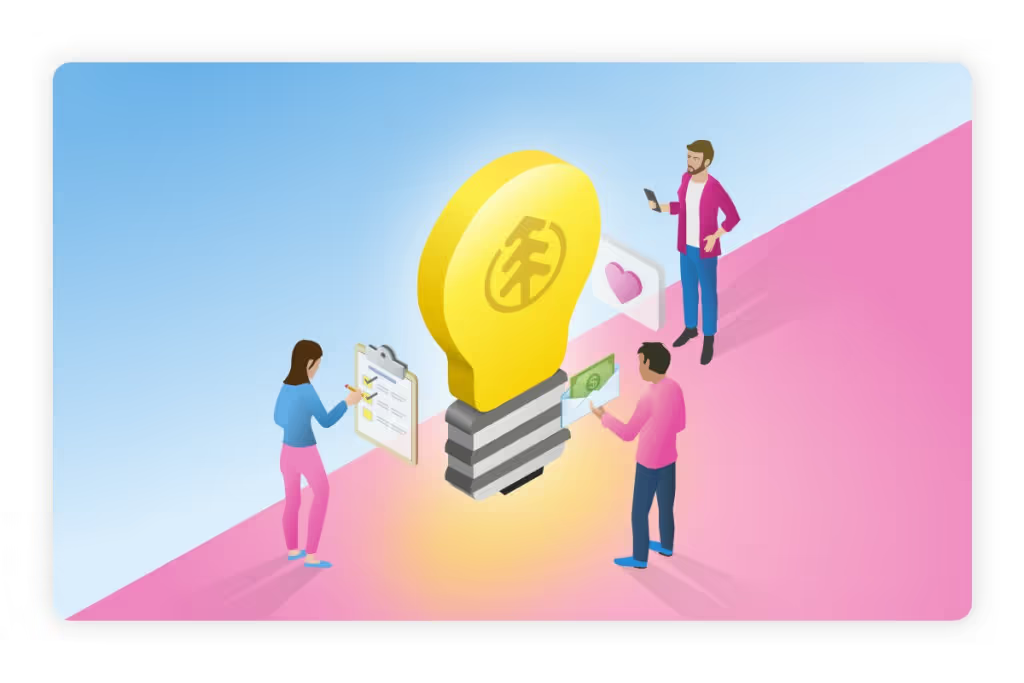
By understanding how to act on important trends and figures, you can ensure that your customer loyalty efforts are adapted for the most effective results.
If you’ve ever asked yourself, “How much more revenue can I generate from a loyalty program?” or “How do I increase the LTV of my existing customers?” then just keep reading, or jump to your favorite section to learn more:
- The profitability of a loyal customer
- The value of a customer referral
- The payoff of customer retention
- The value of a strong loyalty program
- The current state of loyalty programs
- What customers want from your loyalty program
The profitability of a loyal customer
When you’re at the grocery store, there’s likely at least one product you grab off the shelf without reading the label or looking at the price - and you buy it every trip without fail. Why? Because you’re loyal to that brand’s product.
Naturally, you’re generating more revenue for this company than someone who decided to try the product once. Putting your repeat purchases into numbers:
A business's top 10% of customers spend 3x more than the average customer. The top 1% of customers are spending 5x more than average.
- Adobe
Not only does this indicate the importance of retaining your top customers, but highlights the need to target your marketing efforts to an audience based on the characteristics of your most loyal customers.
Rather than blindly marketing to everyone, tailor your campaigns using the personas of customers who are most likely to become loyal.
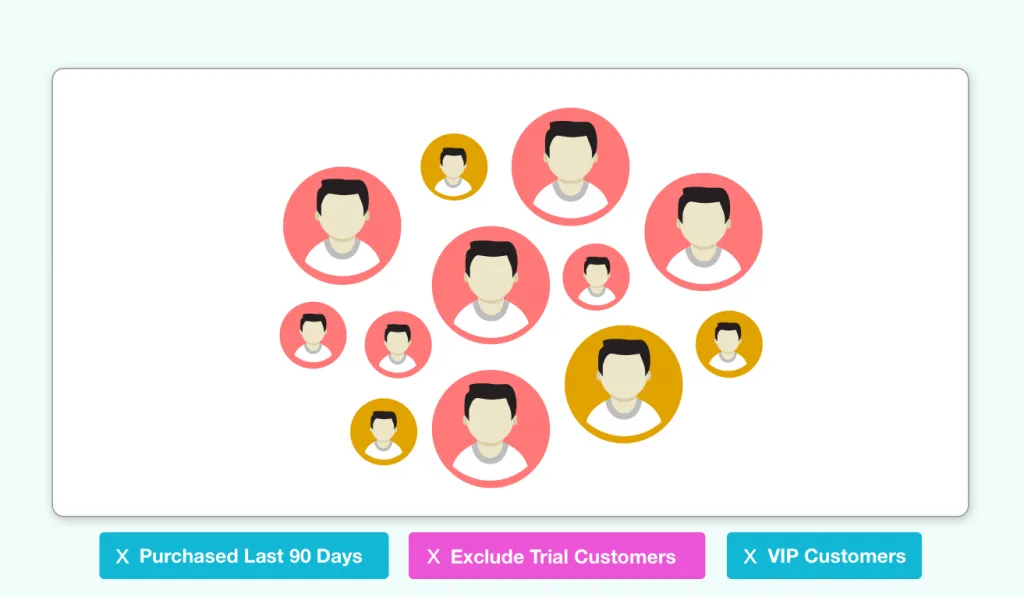
Further research reveals that while your top customers are spending more, their chance of returning increases with every purchase:
-
After one purchase, the chance of returning is 27%
-
After 2 purchases, the chance of returning is 45%
-
After 3 purchases, the chance of returning is 54%
Plus, the more times a customer returns, the more likely they are to refer new business to you.
The average first-time shopper will refer 3 people to the site, while after 10 purchases, that shopper will have referred 7 people.
That’s over 50% more referrals than first-time shoppers!
As you can see from these numbers, working to establish positive, long-lasting customer relationships pays off:
Loyal customers spend 67% more than new ones through repeat purchases, larger cart sizes, and frequent upsells.
- Adobe
The value of a customer referral
When customers are loyal to your brand and advocate on your behalf, they help you attract new business in ways that your sales team can’t.
92% of consumers trust recommendations from family and friends above all other forms of advertising.
- Nielsen
Whether it’s through a formalized referral program where you incentivize customers to have a friend sign up, or just a casual conversation, customers who are happy with your brand are more willing to talk positively about you to others.
83% of consumers are willing to refer after a positive experience—yet only 29% actually do.
- Texas Tech University
Successful companies take advantage of their customers’ willingness to refer by embedding referral programs into their websites, increasing their chances of new conversions.
People are 4 times more likely to buy when referred by a friend.
- Nielsen
Referrals don’t just bring in new customers - they bring in your best customers:
Referred customers are 18% more loyal, spend 13.2% more and have 16% higher lifetime values than non-referred customers.
The payoff of customer retention
Given that repeat customers spend more and bring in more business, it should be easy to see the value in retaining them.
It’s 5-25 times more expensive to acquire a new customer than it is to retain an existing one.
This makes perfect sense.
A current customer already knows your brand and understands your value proposition, so you don’t need to waste resources on expensive acquisition methods or give them the whole advertising pitch. Rather than spending time and energy earning their trust, you just need to be consistent with adding value to their experience.
When trust is already established, existing customers are more likely to convert:
Your chance of selling to an existing customer is 60-70%, while your chance of selling to a brand new customer is 5-20%.
- Marketing Metrics
If you’re not yet convinced on the value of customer retention, check out this research from Price Intelligently:
Retention and monetization efforts have 2-4 times the impact on a company’s bottom line when compared to the same level of effort on acquisition.
This means dedicating 1% of your resources to customer retention is a much more effective strategy than focusing 1% more on customer acquisition.
Not only does retaining customers save you money, but also boosts your revenue:
Improving your customer retention rates by 5% can increase your profitability by up to 95%.
The value of a strong loyalty program
To build customer loyalty in the digital economy, incentive-based loyalty programs need to be part of your company’s marketing strategy.
When deciding to implement a new initiative, it’s natural for any business leader to ensure it’s worth the investment.
Upon first glance, incentive-based loyalty programs may look like a list of expenses (ie. rewards, software, human resources). But, they’re proven to deliver a positive return when you carefully plan and execute your strategy.
75% percent of companies* see a return on their investment in a loyalty program.
- Experian
Only 6% say they do not see a return, while the rest are simply not tracking the investment from the programs.
*A variety of companies were surveyed, including manufacturing, automotive, retail, financial services and travel.
Image Source
Because a loyalty program is known to be a brand differentiator, improve the customer experience, improve your credibility, and retain top customers, it’s understandable that this leads to optimized revenue:
Customers who belong to loyalty programs generate between 12 and 18% more incremental revenue growth per year than those who do not participate.
66% of consumers modify the amount they spend to maximize reward collection.
- Bond Brand Loyalty
81% of consumers agree that a loyalty program makes them more likely to continue doing business with brand.
- Bond Brand Loyalty
As an indirect benefit, having a strong loyalty program that properly addresses customer needs, you’re more likely to earn valuable referrals:
73% of consumers are more willing to recommend a brand with a good loyalty program.
The current state of loyalty programs
While loyalty programs can have a profitable impact on customer behavior, just “having” a loyalty program isn’t enough.
The average consumer belongs to 13.4 loyalty programs, but is only active in 6.7.
The best programs are promoted well, reach customers where they spend the most time, and are always finding ways to add new value.
While companies like Uber, Airbnb, and Dropbox continue to experience growth with loyalty and referral programs, marketers are taking note and shifting their priorities accordingly:
57% of marketers plan to increase how much of their budget they allocate to customer loyalty, with 13% of them increasing spending “significantly”.
If you’re interested in launching a loyalty program for your digital business but don’t know where to start, just drop us a line. We’re here to help.
What customers want from your loyalty program
Since incentive-based loyalty programs are proven to deliver a return on their investment, how do you make the right decisions to satisfy customers?
One of your main goals when designing a loyalty program should be to develop relationships with customers rather than facilitate a quick cash-grab:
A customer who is “highly-engaged” will purchase 90% more often and spend 60% more per transaction.
- Rosetta
In today’s modern economy, customers know that their data is being collected, and that companies have an elaborate set of technical tools at their disposal. This means that personalization and creativity are expected as standard.
When it comes to what behavior to reward:
77% of loyalty programs based purely on “transactional behaviors” (like earning points from purchases) typically fail within two years of launch.
- Capgemini
This is amplified by the fact that:
75% of consumers want to be rewarded for engagement beyond purchases.
This could mean rewarding customers for taking a survey, completing their profile, referring a friend or other non-transactional actions that occur throughout the customer lifecycle.
When it comes to what to offer as a reward:
87% of loyalty program members are interested in having details of their activity and behavior monitored in order to receive personalized rewards.
Basic reward points for every customer won’t exceed expectations. Customers want brands to save them time, improve their everyday lives, and elevate their social status. Alternative currencies are a great way to speak to customer’s emotions, and not just their wallets.
Final Thoughts
Growth in the digital economy all starts with an increased focus on customer loyalty through retention. The more loyal customers you have, the more revenue you’ll earn, and the more referrals you’ll get.
To learn more about designing a profitable loyalty strategy for any digital business, sign up for the Digital Loyalty Academy for free today!
